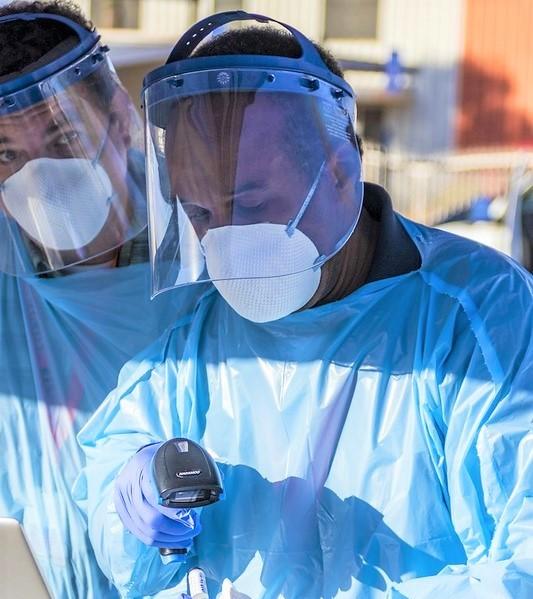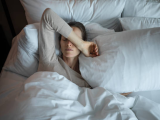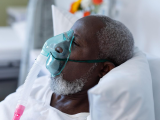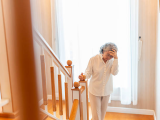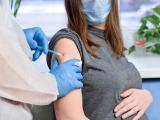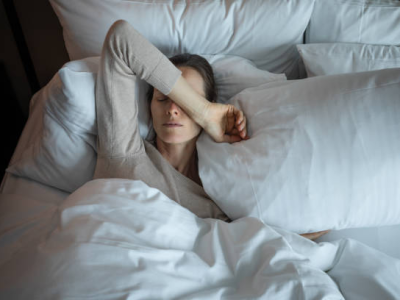The United States reported record-high cases and hospitalizations yesterday, with no end in sight and amid warning that the virus could gain even more of a foothold during upcoming holiday gatherings.
Chicago's mayor today announced a new stay-at-home advisory, and New York city is on the brink of retuning to all-remote instruction.
US markers rise sharply
The nation reported another single-day high yesterday, piling up 144,133 new cases, along with 1,893 new deaths, according to the Johns Hopkins online dashboard.
In its weekly analysis of US COVID-19 trends, the COVID Tracking Project said today cases rose sharply last week, up 40%, with testing rising by 13%. Hospitalizations rose in all but four states, with the steepest increases in the Midwest, which are now at levels exceeding what Southern states experienced during the summer surge.
Deaths increased by nearly 23% from the previous week, the group said.
Pandemic preparedness experts told Wall Street Journal that hospitals are even more stretched than they were during the spring and summer, with cases more geographically widespread and reaching more remote regions. They also said hospitals don't have enough healthcare workers to provide proper care.
Trends trigger more restrictions
Chicago's Mayor Lori Lightfoot said today that the city is reaching a critical point in its second surge, with the city's northwest and southwest areas as hot spots. She issued a stay-at-home advisory that goes into effect on Nov 16, which asks residents to leave home only for work, school, or essential needs. The city also tightened the gathering limit to 10 people, but the step does not supersede industry-specific guidance.
In neighboring Indiana, Gov. Eric Holcomb is expected to reimpose the state's COVID-19 restrictions amid briskly rising hospitalizations and deaths, The Hill reported.
And in New York City, though transmission levels in public schools are extremely low, Mayor Bill DeBlasio has signaled that schools may return to all-remote learning if the city's test-positivity rate, which is at 2.5%, increases to 3%, the New York Times reported.
In other US developments:
- Health experts told Kaiser Health News that the nation needs a vaccine messaging campaign developed with the best scientific evidence on vaccine hesitancy and acceptance. They said one of the key messages is that people need to be prepared for unpleasant side effects, such as sore arms, muscle aches, and fever that could last days.
- Officials in North Dakota this week announced that they will allow asymptomatic healthcare workers who test positive for COVID-19 to continue working with coronavirus patients, NBC News reported. The North Dakota Nurses Association yesterday said it doesn't support the practice as a long-term tool for mitigating staffing shortages, though it understands that the state took the action as a crisis standard of care.
- The number of people seeing unemployment benefits fell to 709,000 last week to the lowest level since March, the Associated Press reported.
- The US COVID-19 total has climbed to 10,513,068 with 242,527 deaths, according to the Johns Hopkins online tracker.
